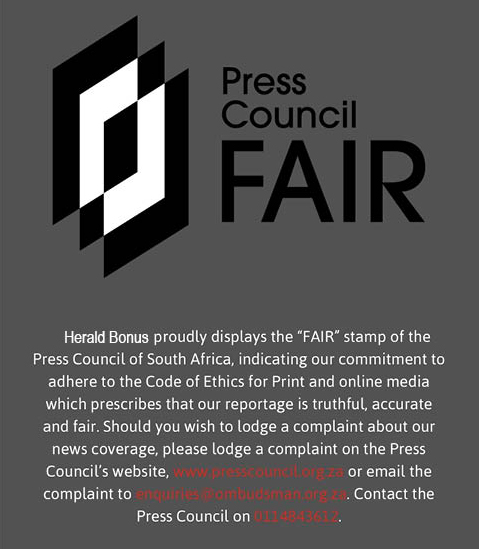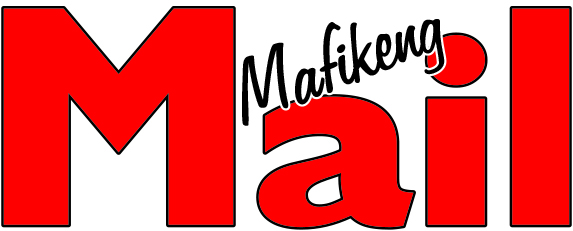BONUS – RUSTENBURG - December is often a time for big-ticket purchases, be they for gifts or because consumers have savings, a bonus or a thirteenth cheque to spend.
If you are ready to invest in a large electrical household appliance, there’s a label to simplify your decision. Household appliances can be electricity guzzlers, especially geysers, refrigerators, lights, laundry equipment and ovens. Not only do they inflate your electricity bill, but in South Africa they add to the stress that the national grid is under, particularly in the mornings and evenings when bathrooms and kitchens are most in use.
Energy efficient appliances are, therefore, an effective way of reducing a household’s electricity consumption. The hard work to achieve this is done, first, by government and, second, by manufacturers and retailers. Us as consumers only have to read the labels on the appliances we are considering and make the buying decision that best suits our circumstances.
South Africa’s Energy Efficiency Appliance Standards and Labelling (S&L) Programme has been in place for voluntary endorsement for large residential appliances since 2007 with the first regulations coming into effect in 2015, says Ashanti Mbanga, who heads up the programme at the South African national Energy Development Institute (SANEDI). SANEDI has been tasked by the Department of Mineral Resources and Energy (DMRE) to implement the national S&L Programme.
Mbanga explains that the S&L Programme is beneficial on several fronts. “Top of mind for South Africans currently is the need to use less energy in the interest of reducing loadshedding, and energy efficient appliances certainly support that goal,” she says. By using less electricity, energy efficient appliances also contribute to reducing greenhouse-gas emissions and help address the lack of universal access to electricity in our country.
In addition, the Standards and Labelling Programme aims to protectconsumer welfare, given that the implementation approach takes into consideration the materials used in the appliance manufacturing process and how they are disposed of at the end of the appliance’s useful life. Lightbulbs that contain mercury and the gasses in refrigerators are examples of harmful materials that need environmentally responsible demanufacturing processes to be encouraged.
A further benefit is that by ensuring appliances comply with minimum energy performance standards, technology dumping can be avoided, which protects local consumers against inferior imports. “Technology dumping is a challenge for developing countries around the world,” says Mbanga. “It takes the form of countries with developed standards disposing of their old technology by exporting it to countries that would accept it because they don’t have minimum energy performance standards in place.” In this regard, South Africa’s regulations are amongst the advanced on the African continent.
Having regulations and standards is one thing; enabling consumers to use them is another, which is where labels enter the picture. Mbanga explains that appliances may carry two types of labels. One is an endorsement label issued by a certifying body to state that the appliance complies with a specific set of regulations and standards. The other is a comparative label that gives performance information that makes product consumption comparisons possible. Using the comparative label, you can, for instance, compare noise levels of different makes and models of fridges or the water consumption of washing machines. The label also states the appliance’s colour-coded energy efficiency rating, indicated in shades from red (D rating) as the least energy efficient to green (A+++ rating) as the most energy efficient. The rating makes it simple for consumers to see how much electricity the appliance consumes and use that as a basis for their buying decision.
Current legislation regulates washing machines, tumble driers, dishwashers, washer/dryers, electric ovens, fridges, freezers, air conditioners, lightbulbs, water heaters and audiovisual equipment. The DMRE has already issued a directive for the National Regulator for Compulsory Specifications to compile a standard for televisions. Once a standard becomes a regulation, it is compulsory for industry players – from manufacturers to retailers – to adhere to it. SANEDI supports adherence with its “No label, don’t buy” campaign that encourages consumers to buy rated appliances only.
“We are busy expanding the campaign to e-commerce,” notes Mbanga. “Online appliance stores, including Takealot and (soon) Amazon, have to include a picture of an appliance’s energy label as part of its listing.” To this end, the NRCS in partnership with SANEDI has started a training programme with Takealot.
While the onus rests on government to put the enabling policies in place and on manufacturers and retailers to adhere to the regulations, energy efficiency labelling only has an impact when consumers use the information. “Every person who buys an appliance is part of our mission to achieve a better energy future for our country and our world,” concludes Mbanga.










